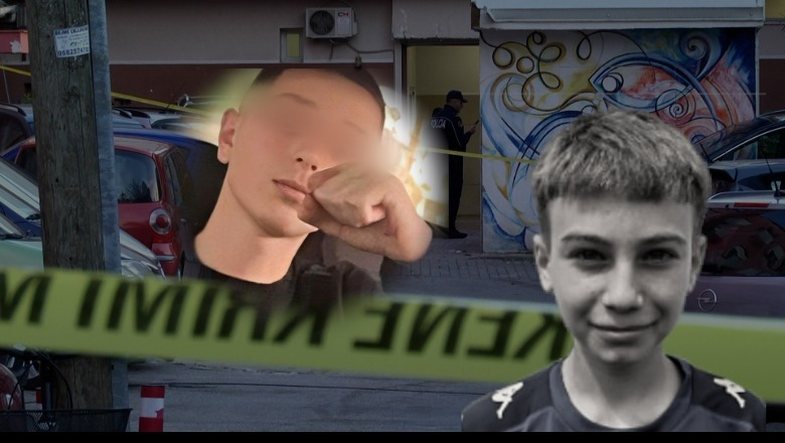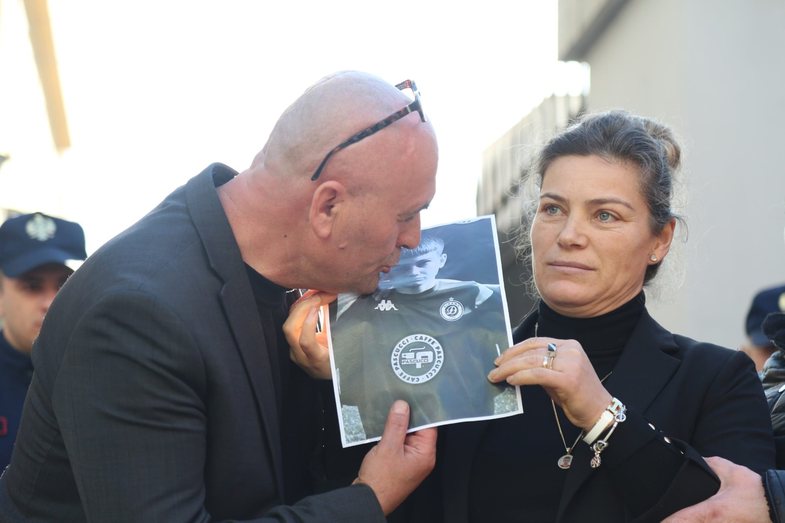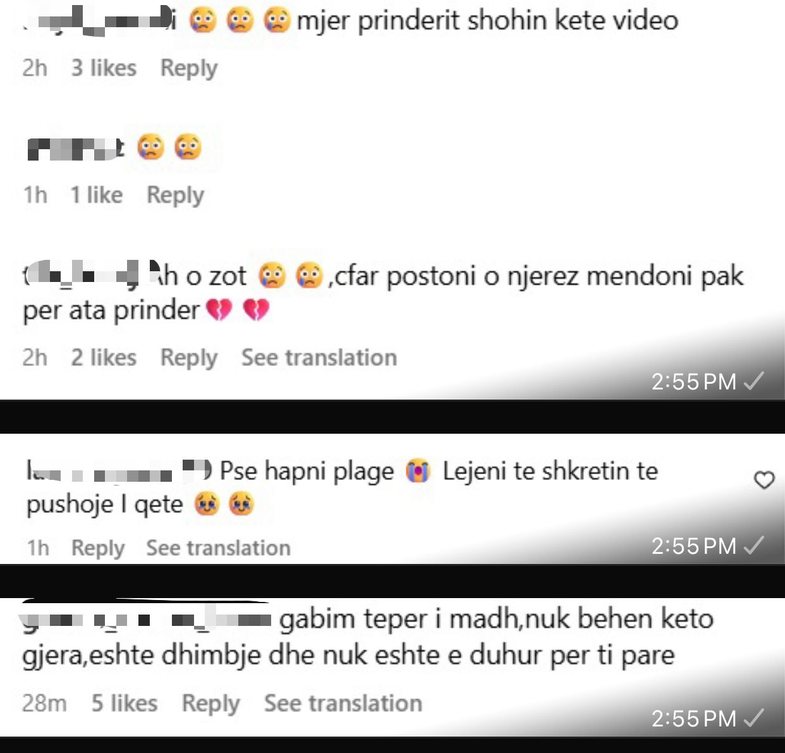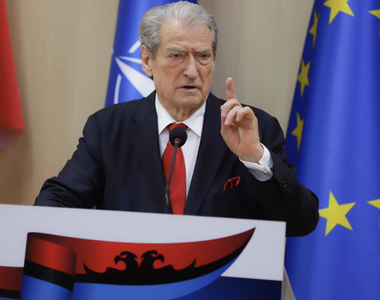
On November 18 of the year we left behind, Albania was shaken by a tragic event that took the life of a young man, Martin Cani, just a few meters from the “Fan Noli” school in Tirana. A serious event that affected not only the family and the school community, but the entire Albanian society. Today, over six months after this disaster, this wound has been brutally reopened by the publication of an exclusive video by journalist Eraldo Harlicaj of “Top Channel”, which presents the fatal conflict between the victim and the perpetrator. This action has caused strong reactions and has rightly raised a serious debate on media ethics and human sensitivity in reporting tragedies.
An unnecessary but harmful video
The publication of this video had no informative or educational value. On the contrary, its sole purpose was to attract attention, secure clicks and spread panic. This constitutes an instrumentalization of human pain and a serious violation of the boundaries of professional and human morality.
If this video had any real function, it would only be as evidence for the justice system. Any footage involving violence, especially when the victim is a minor, should be treated with extreme sensitivity, not used to increase the audience of media sites or social networks.
The double "murder"

Martin Can's family is still struggling to cope with a pain that never fades. They have chosen to remember their son with love, preserving his most beautiful memories. In this difficult healing process, bringing back the last glimpses of his life in public is like opening the wound once again, without any sensitivity or care.
This publication is an inhuman act that “kills” the deceased for the second time. It represents a violation of the victim’s dignity and an open mockery of the family’s pain. The media, instead of being a support and reflection of society in difficult times, chose the easiest and ugliest path: exploiting the tragedy for personal gain.
Panic in public opinion
After the video was released, the comments and reactions on social media are clear evidence of the consequences of this act: deep concern, fear and uncertainty among citizens, especially parents who have children in schools. The images have caused a general feeling of insecurity about school facilities, contributing to an atmosphere of panic that does not help anyone.
At a time when our country faces major challenges in the education system and the safety of young people, such a video does not contribute to the solution, but deepens the problem and fuels collective insecurity.
This is evidenced by the large number of citizens who condemn the publication of these images.

Blatant violation of the Code of Ethics
The Code of Ethics for Journalists is clear: reporting on violent events involving minors must be careful, dignified, and free from any form of sensationalism. The publication of the video of the murder is not only professionally unjustifiable, but is a direct violation of these principles.
Journalists and media platforms have a moral and legal obligation to protect vulnerable groups and preserve the integrity of victims. Instead, a blatant lack of social responsibility and respect for human life was demonstrated.
In conclusion, the publication of the video of the tragedy of Martin Can is not just a media blunder. It is an inhuman act, a grave ethical violation and an insult to the victim's family and the entire public opinion. This event should serve as a strong call for reflection, for more responsible media, for stricter laws on the protection of minors and, above all, for a society that chooses dignity over clicks.
Martin Cani was a teenager with dreams. He and his family cannot be used as a statistic, a click, or a moment of glory for a journalist who owns the footage of one of the saddest events our country has witnessed in recent years.
Suggested articles:







